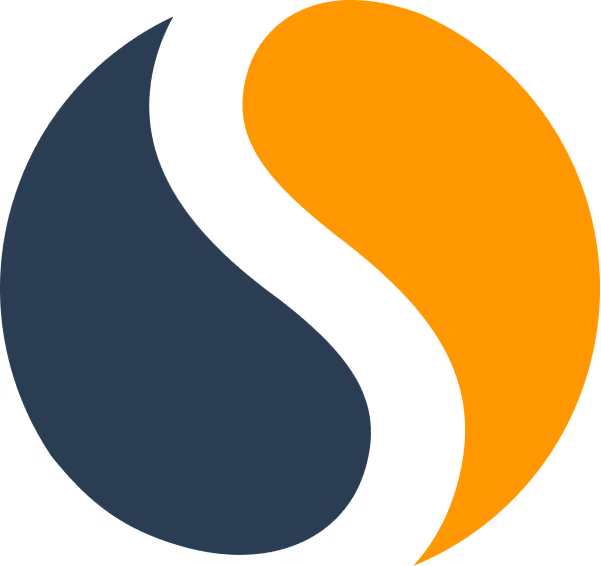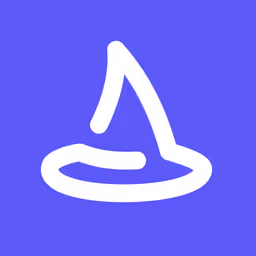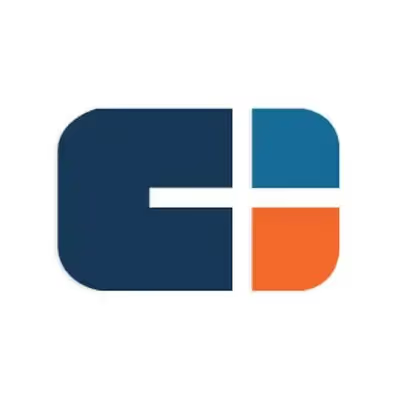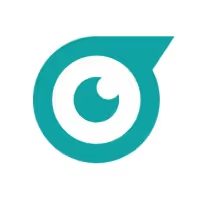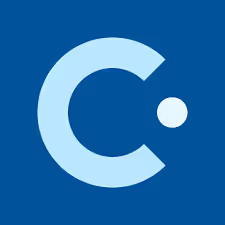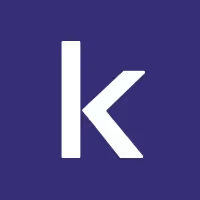What is competitive intelligence?
Competitive intelligence is the process of gathering and analyzing data about competitors to make better business decisions.
What can competitive intelligence do?
It helps identify market trends, monitor competitors' moves, and improve your product and marketing strategies.
How does competitive intelligence work?
It collects data from public sources, social media, and sales info, then uses tools to analyze insights for action.
Is competitive intelligence easy to set up?
Most tools offer straightforward setups with guided onboarding, ready to use within hours without needing technical skills.
Is competitive intelligence free?
Many tools offer free trials, but full features typically require paid plans starting around $50 per month.
What is the common competitive intelligence pricing?
Pricing usually ranges from $50 to $500 monthly, depending on features like data depth and user seats.
What are the types of competitive intelligence?
Types include market intelligence, product intelligence, and sales intelligence, each targeting different data needs.
Does competitive intelligence work with email?
Yes, many tools integrate with email to send real-time alerts and competitor updates directly to your inbox.
What are the best competitive intelligence tools?
Top tools include Crayon, Kompyte, and SimilarWeb, known for robust data and ease of use.
What are common competitive intelligence integrations?
Common integrations include CRM systems, email platforms, Slack, and BI tools to streamline workflow and reporting.
